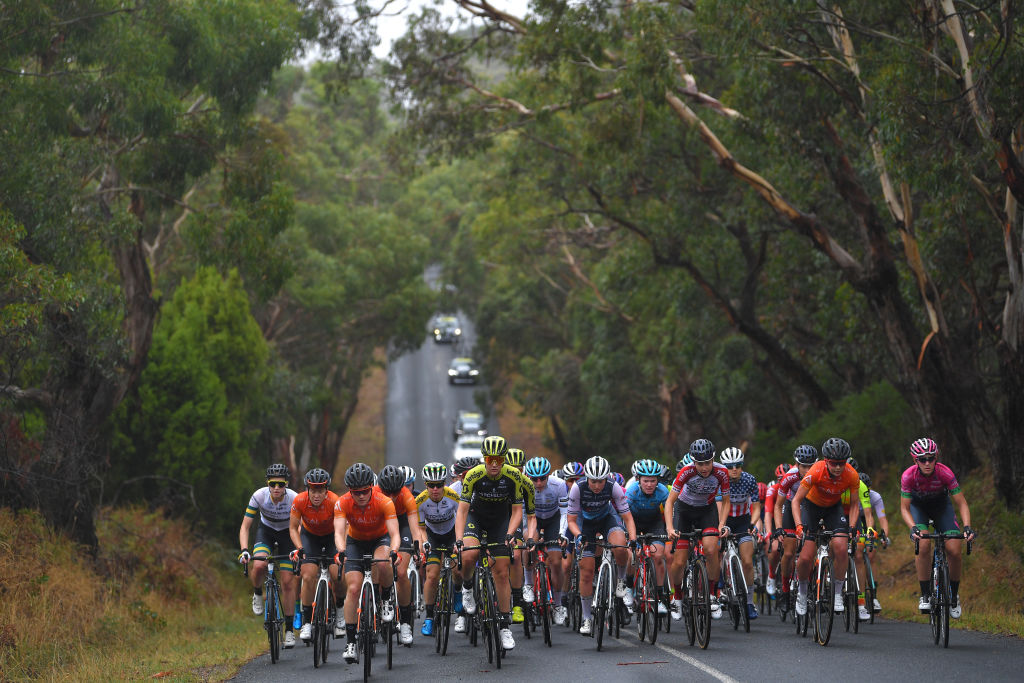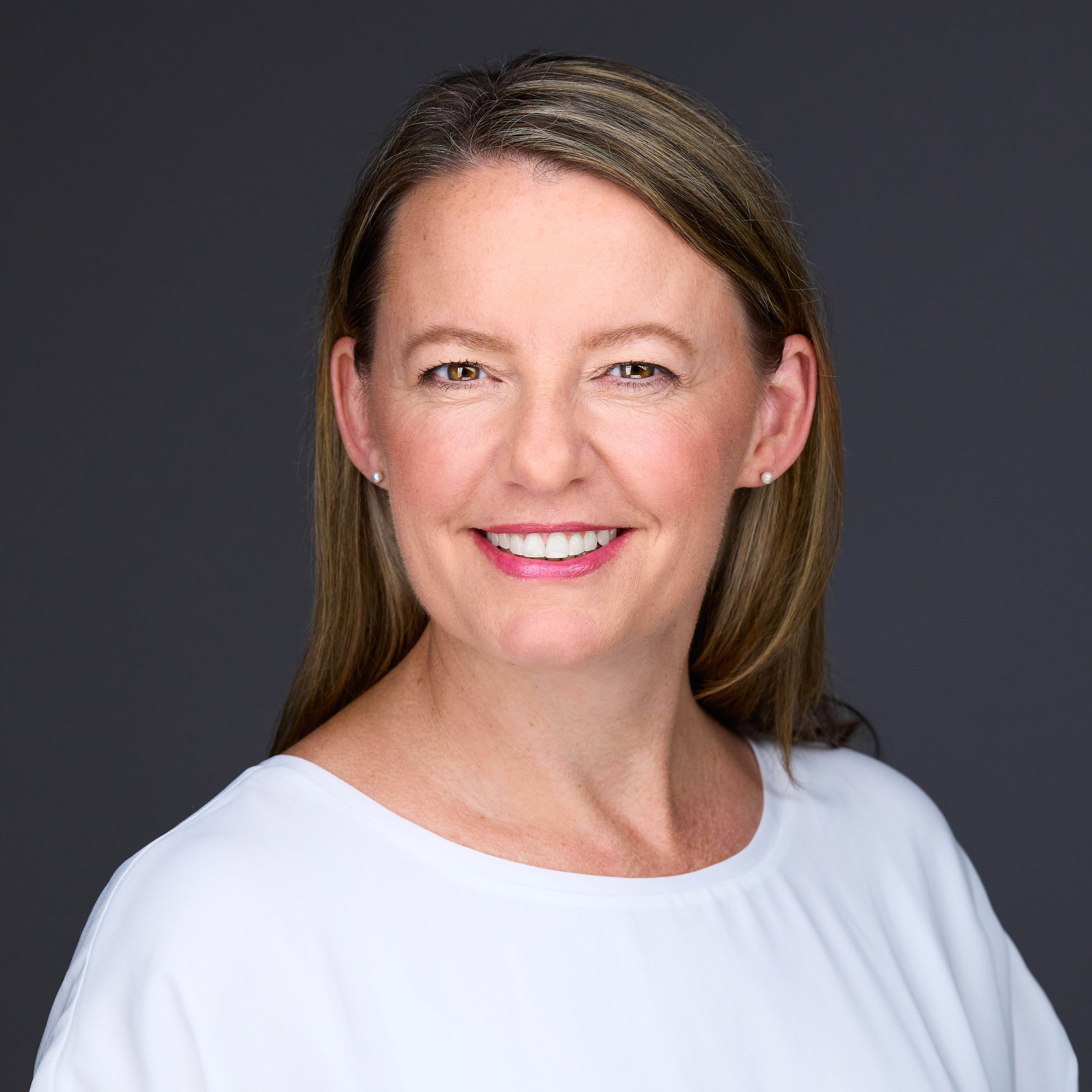New survey reveals 25 per cent of female professional riders earn zero salary
Wage disparity is growing between the highest and lowest paid riders, according to The Cyclists' Alliance annual survey

The Cyclists' Alliance has released the results from its annual survey and the findings have revealed that the wage disparity is growing between the highest and lowest paid riders, and that the number of female professional riders receiving zero salary has increased from 17 per cent in 2019 to 25 per cent in 2020.
In addition, COVID-19 has impacted rider salaries and has created financial instability with 29 per cent of riders experiencing a reduced or complete loss of salary due to the pandemic.
The Cyclists' Alliance has conducted its annual survey since 2017, and its inaugural results are what led to it becoming the foundation for the establishment of an independent women's union.
"Now in its fourth year, the survey gives The Cyclists’ Alliance a clear indication of the progress and development of women’s cycling as well as the key areas that need to be improved to ensure we continue to work towards our aim. The 2020 survey also included some new questions regarding the impact of COVID-19," stated the association on its website.
This year's survey was open to all cycling disciplines as well as under-23, Continental and Women's WorldTour levels to ensure the results were representative of the landscape of women's professional cycling on a whole. Over 100 riders responded to the survey.
There were several improvements highlighted in the survey that included more riders seeking legal advice before signing their employment contracts, which increased from 16 per cent in 2019 to 23 per cent in 2020. However, 77 per cent of athletes still do not seek legal advice before signing a contract.
In addition, the number of riders required to reimburse their team for services essential to complete their job as a professional cyclist has decreased by eight per cent.
Get The Leadout Newsletter
The latest race content, interviews, features, reviews and expert buying guides, direct to your inbox!
However, there are still an alarming 43 per cent of riders who were surveyed who reimbursed their team for one or more of the following; equipment, mechanical service, medical costs and travel costs in 2020. In addition, 33 per cent of riders work a second job while racing professionally.
When it came to salaries, top-end salaries in the Women’s WorldTour continued to rise above the fixed minimum gross annual salary of €15,000 (employed) and €24,600 (self-employed) with 25.5 per cent earning more than €30,000.
However, Cyclingnews noted in a recent Transfer Mechanics: The inner workings of the women's market, feature that only a few top athletes earn a maximum of €150,000 annually.
The UCI introduced a minimum salary as part of the Women's WorldTour reforms this January. The top-tier Women's WorldTeams, of which there are only 8 teams, are obliged to pay riders a salary along with social and health benefits. Second-tier Continental teams, of which there are 47 teams, are not obliged to pay riders a salary, although some do, such as Boels Dolmans.
Cyclingnews reported that there is a large gap between the budgets of Women's WorldTeam and Continental Teams. The average top-tier team could have a budget between €1 million and €3 million annually.
There are Continental Teams that run a similar budget such as Boels Dolmans; however, that's not representative of most second-tier team budgets, which are more likely working on a shoe-string budget of between €100,000 and €500,000 annually.
The Cyclists' Alliance annual survey revealed that the wage disparity is growing between the highest and lowest paid riders, and that the number of riders who work unpaid has increased to 25 per cent.
In addition, 32 per cent of riders who took the survey earn less than an annual salary of €15,000.
"We believe that further investigation is needed to understand why this continues to increase," stated The Cyclists' Alliance.
The survey also revealed that financial investment in the wider sport has not kept up at the same pace with the development of the Women's WorldTour.
The Cyclists' Alliance recently released a separate COVID-19 survey that revealed that many riders felt that the COVID-19 guidelines and protocols were difficult to maintain at top-level women’s races.
The athletes revealed four main areas of concern: protocols were not adequately followed at some races, cohorts were difficult to maintain during travel and accommodation at races, some teams do not have direct access to a team doctor, and some riders were forced to organise and pay for their own COVID-19 testing to be eligible to compete.
In its latest annual survey, COVID-19 has also impacted the riders financially with 29 per cent of those who took the survey saying that they have experienced a salary reduction or lost their entire income.
In addition, 76 per cent are concerned it will impact their ability to secure a contract for the following season resulting in increased financial instability for riders.
In addition, 72 per cent of riders who took the survey indicated that they would consider leaving the sport due to financial reasons, 56 per cent would leave the sport to start a family, and 40 per cent would leave to start a new career. However, 87 per cent indicated that they would prolong their careers in cycling if assisted with increased funding, while 46 per cent indicated a need for parental policy in order to start a family while still competing.
The UCI recently announced that there are nine teams that have registered for the top-tier next year that include Alè BTC Ljubljana, Canyon-Sram, FDJ Nouvelle-Aquitaine Futuroscope, Greenedge Cycling, Liv Racing, Movistar Team Women, Team Sunweb, Trek-Segafredo, and new registrant SD Worx (formerly Boels Dolmans). The sports governing body has not released the list of Continental teams for 2021.

Kirsten Frattini is the Deputy Editor of Cyclingnews, overseeing the global racing content plan.
Kirsten has a background in Kinesiology and Health Science. She has been involved in cycling from the community and grassroots level to professional cycling's biggest races, reporting on the WorldTour, Spring Classics, Tours de France, World Championships and Olympic Games.
She began her sports journalism career with Cyclingnews as a North American Correspondent in 2006. In 2018, Kirsten became Women's Editor – overseeing the content strategy, race coverage and growth of women's professional cycling – before becoming Deputy Editor in 2023.